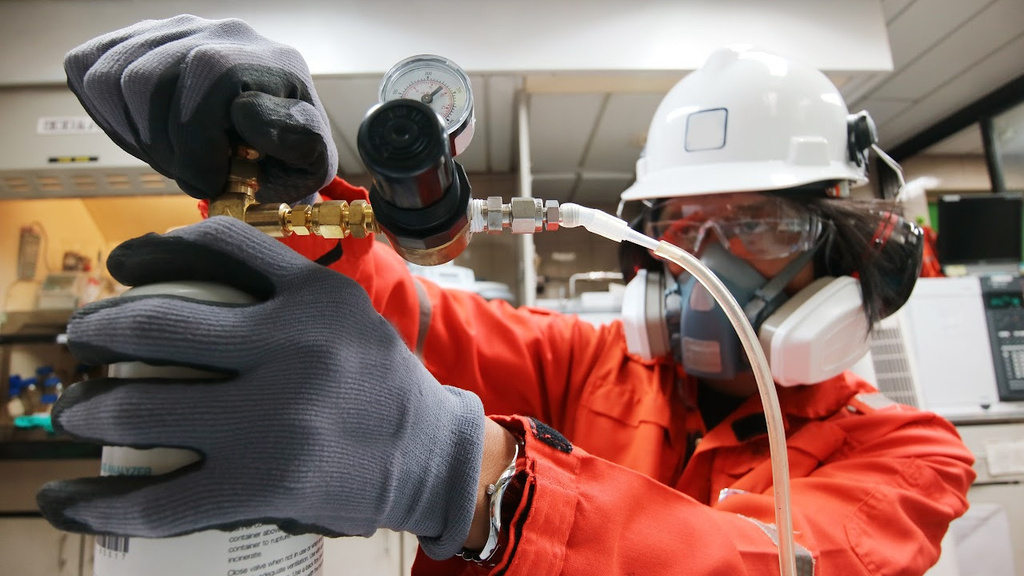Maintaining the instruments you use on a regular basis is crucial for those working in the gas detection sector. If a gas detector cannot accurately detect gases and is not calibrated to the proper readings, it is not operating to its total capacity. Many easily preventable or rectified issues could arise for you, your company, or your operation if you don’t have a calibrated device.
In this blog, we will help you know why performing routine calibrations on your instruments is important.
What Does a Gas Detection Mean?
Gas detection help you to determine whether dangerous gases are present in a particular region. Proactive action enables prompt answers and the application of required safety precautions. The main goal of gas detection is preventing potentially harmful or even fatal events like fires, explosions, and chemical exposures.
Gas detectors identify certain gases or vapour concentrations and warn when those concentrations rise above preset limits. These detectors apply to various environments, such as construction sites, laboratories, industrial buildings, and small areas.
Different gases carry different risks, so knowing their characteristics and possible dangers is important. Typical examples are flammable, poisonous, asphyxiating, and combustible gases. Specialised equipment and detection techniques are needed for each gas to guarantee precise monitoring and suitable action.
3 Reasons Why Regular Gas Detector Calibration is Important
- Safety
The primary reason of gas calibration on a regular basis is to ensure the safety of people and property. Gas detectors monitor for harmful and flammable gases that are odourless and undetected to humans. If your business handles these hazardous gases and chemicals, you must have a solid system to look for warning signals or other danger indicators. Uncalibrated devices can have a number of negative effects, including exposure, damage, and even death.
- Wear and Tear
Over time, the parts of gas detectors wear down. There are numerous factors that could lead to the instrument deviating from its initial or precise calibration. As the instruments are utilised, the sensors inside will gradually deteriorate chemically; this degradation accelerates if the instruments are subjected to high concentrations of the target gases and vapours.
There is a cost associated with environmental elements, including humidity, extremes in temperature, and meteorological circumstances. The calibration can be thrown off by simply dropping the device once or shaking it enough to generate shock or vibration. It’s critical to comprehend every element that could contribute to calibration deviation.
- Liability
Calibration must be done regularly and consistently for documentation and regulatory compliance. Instrument characteristics, calibration dates, services, and resolved issues must be tracked in comprehensive records, whether in a spreadsheet or on a certificate. Legal situations only accept calibrated gas detection sensor readings as reliable. By keeping precise calibration records, liability and safety issues are reduced.
Safety Regulations for Gas Detection
Industry standards organisations and regulatory bodies have established guidelines and safety rules to guarantee the correct installation of gas detection systems. These regulations are important to mitigate hazards and preserve a secure workplace.
Occupational Safety and Health Administration (OSHA)
OSHA establishes and upholds regulations to guarantee secure and healthful work environments. For a variety of businesses, they have set rules pertaining to ventilation, gas detection, and personal protective equipment (PPE).
National Fire Protection Association (NFPA)
NFPA is a source of standards and guidelines for fire safety, which includes information on handling, storing, and detecting gases. Their standards, which cover gas detection requirements in various circumstances, include NFPA 54 (National Fuel Gas Code) and NFPA 72 (National Fire Alarm and Signalling Code).
International Electrotechnical Commission (IEC)
IEC standards cover electrical and electronic devices, such as gas detectors, utilised in explosive environments. Gas detection equipment in hazardous environments is guaranteed to meet safety criteria when it complies with IEC standards.
Common Challenges and Best Practices for Gas Detection
Gas detection systems are essential for safety, but putting them into place can present a number of difficulties for organisations. The efficiency of gas detection systems can be increased by acknowledging these difficulties and using best practices.
- Sensor drift: Inaccurate readings might result from gas sensors drifting over time. Frequent maintenance and calibration can lessen this difficulty.
- Reduced sensitivity or failure of the sensor can result from sensor poisoning, which is caused by exposure to specific gases and pollutants. Proper sensor protection mechanisms must be put in place to avoid this problem.
- False Alarms: False alarms have the potential to cause complacency and erode confidence in gas detection technologies. You can reduce these alarms with effective alarm management, including establishing suitable alarm levels and enforcing alarm verification processes.
- Maintenance and Testing: Gas detection equipment must undergo routine maintenance and testing to ensure peak performance. When you establish maintenance schedules and procedures, it will help organisations maintain the equipment’s optimal performance.



